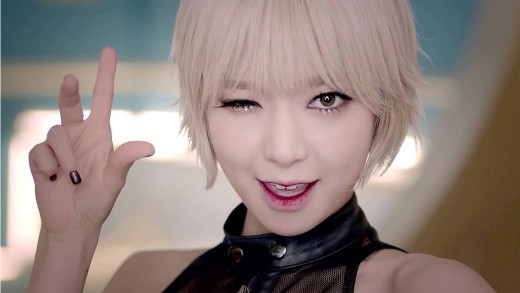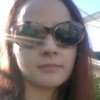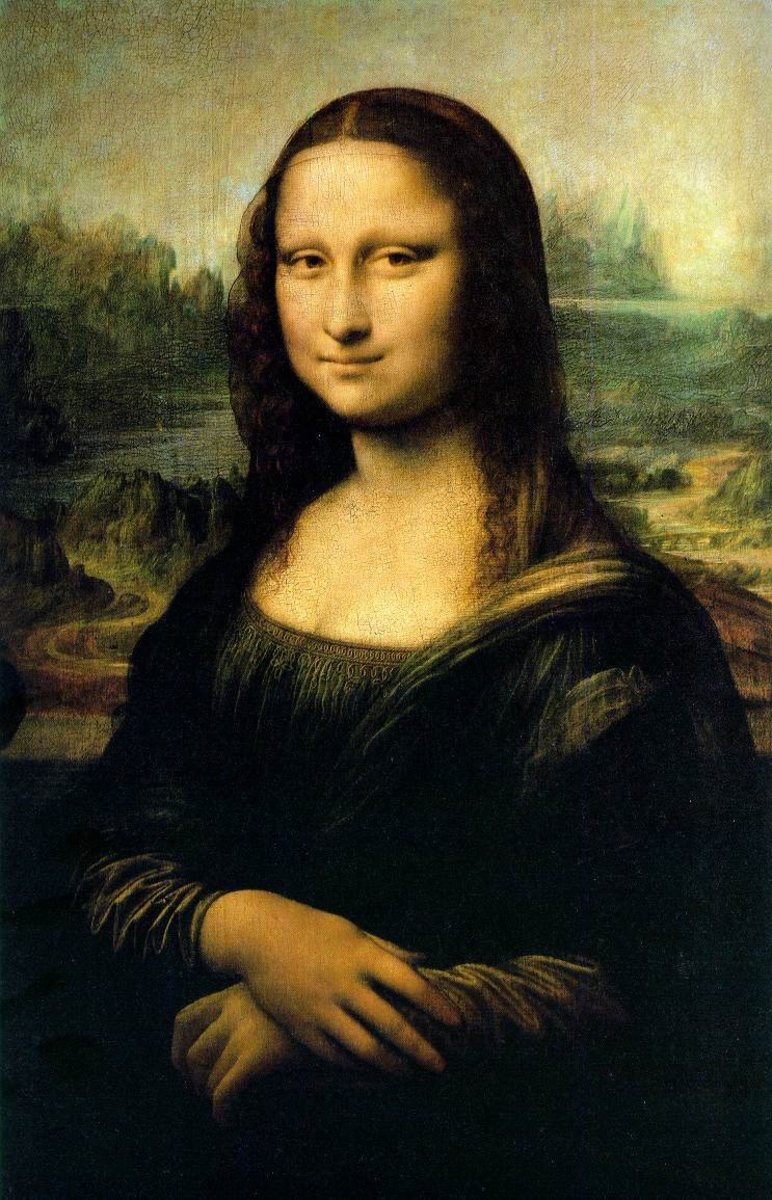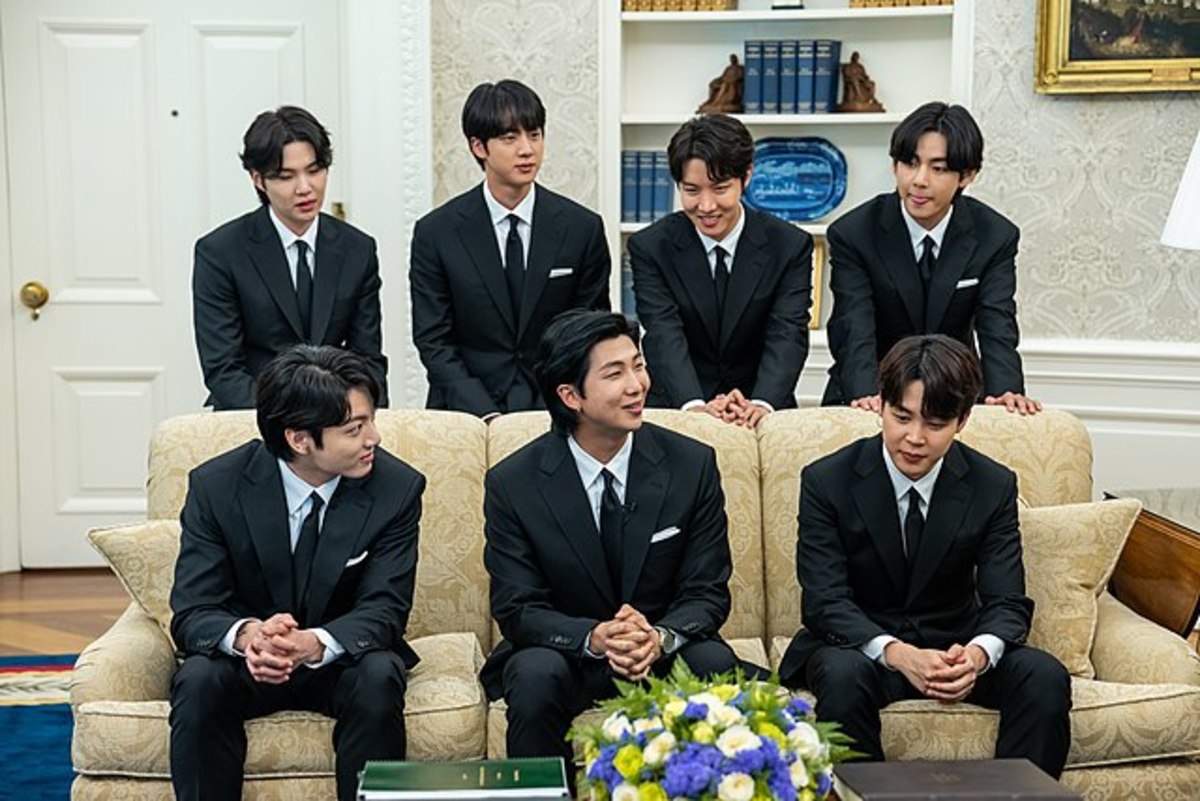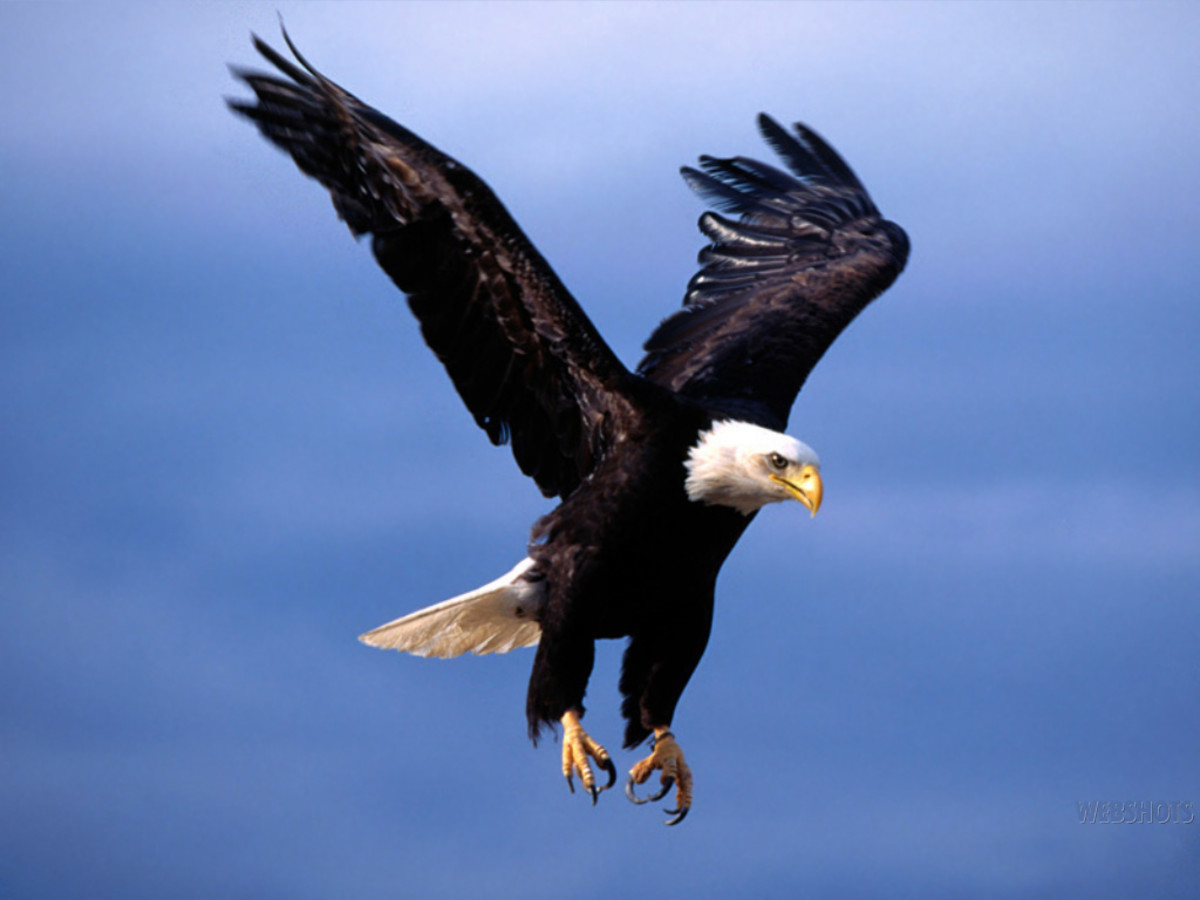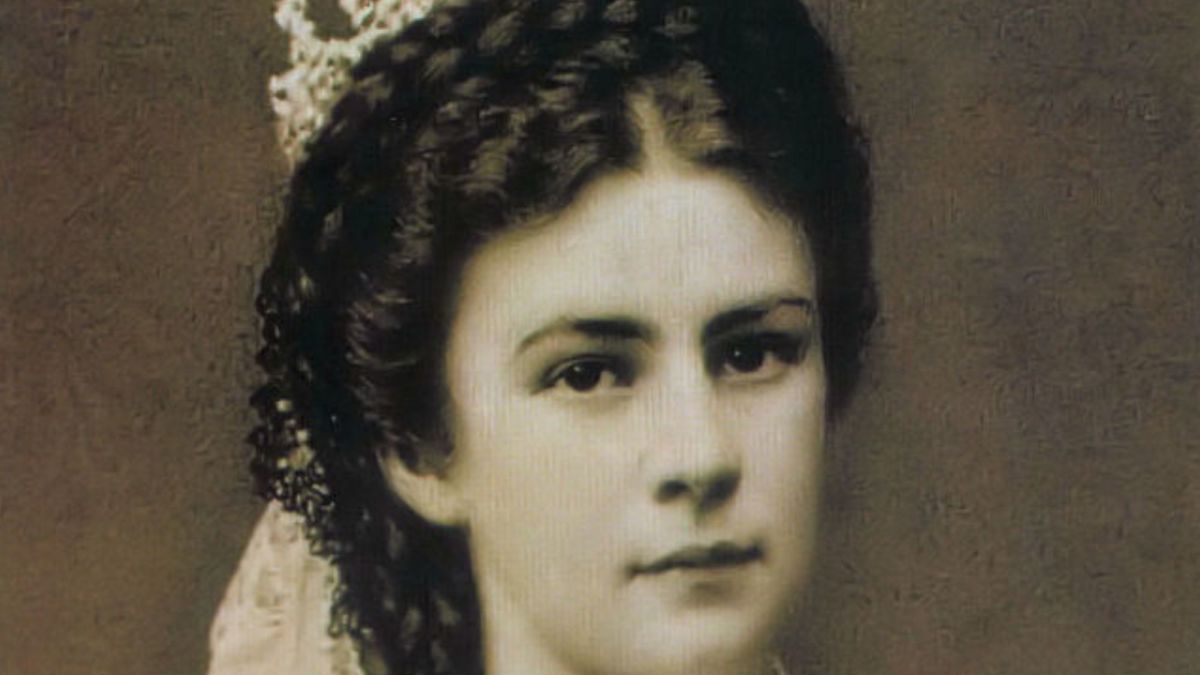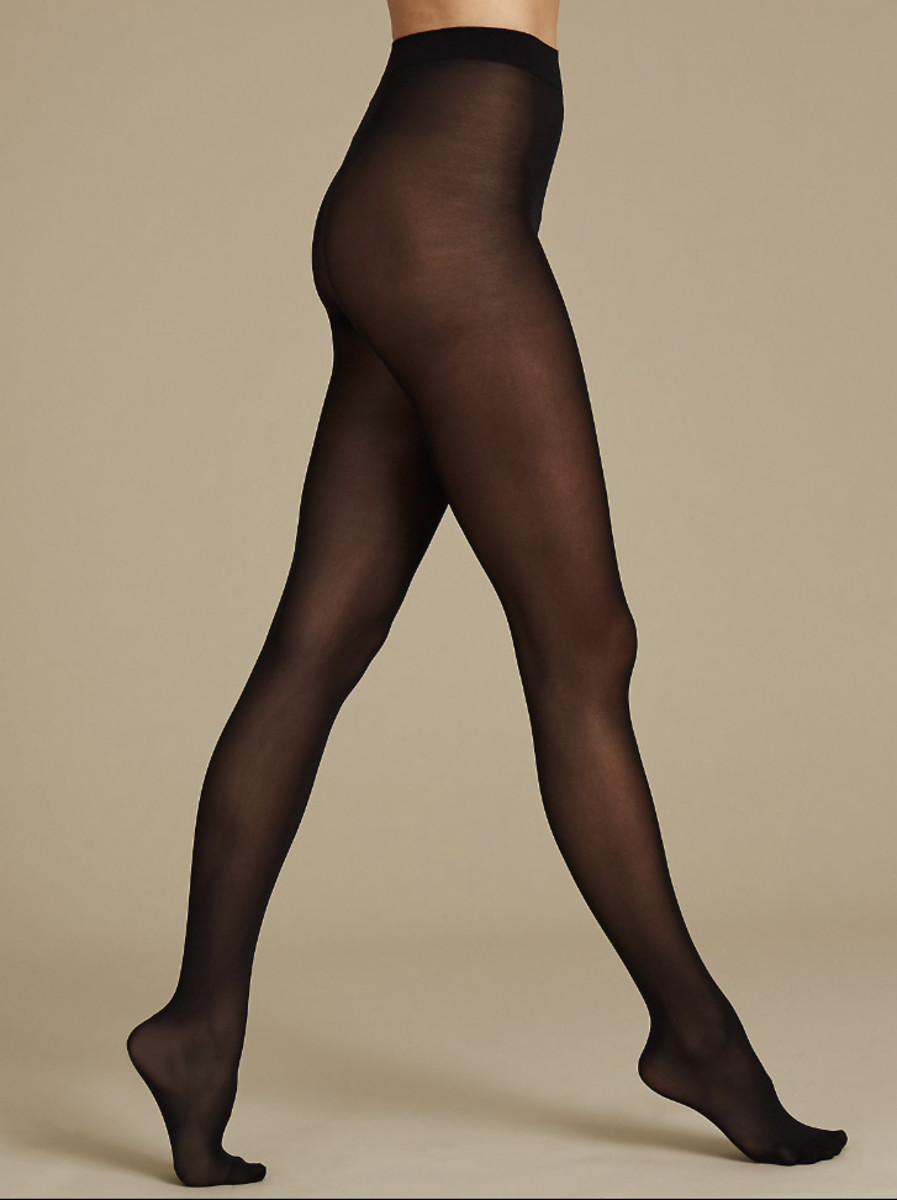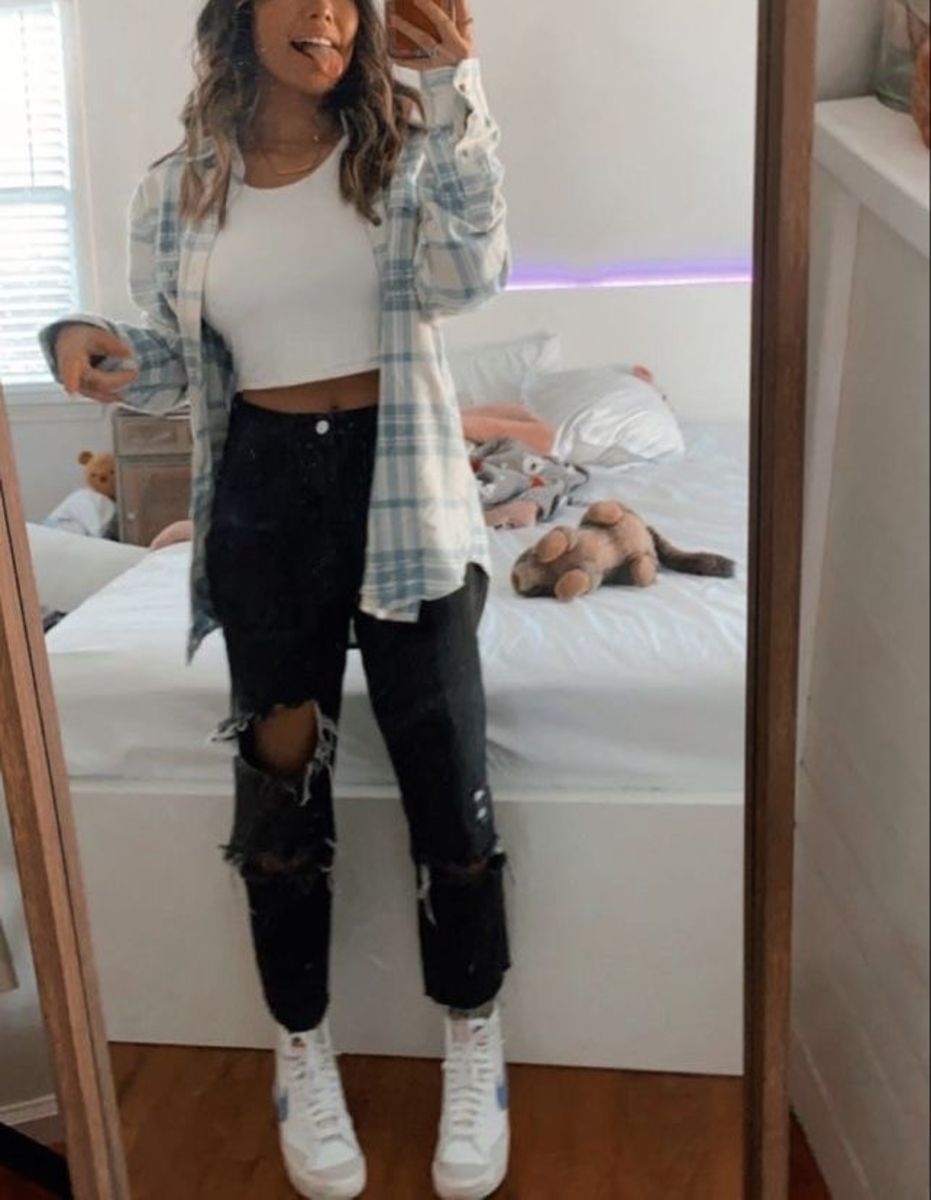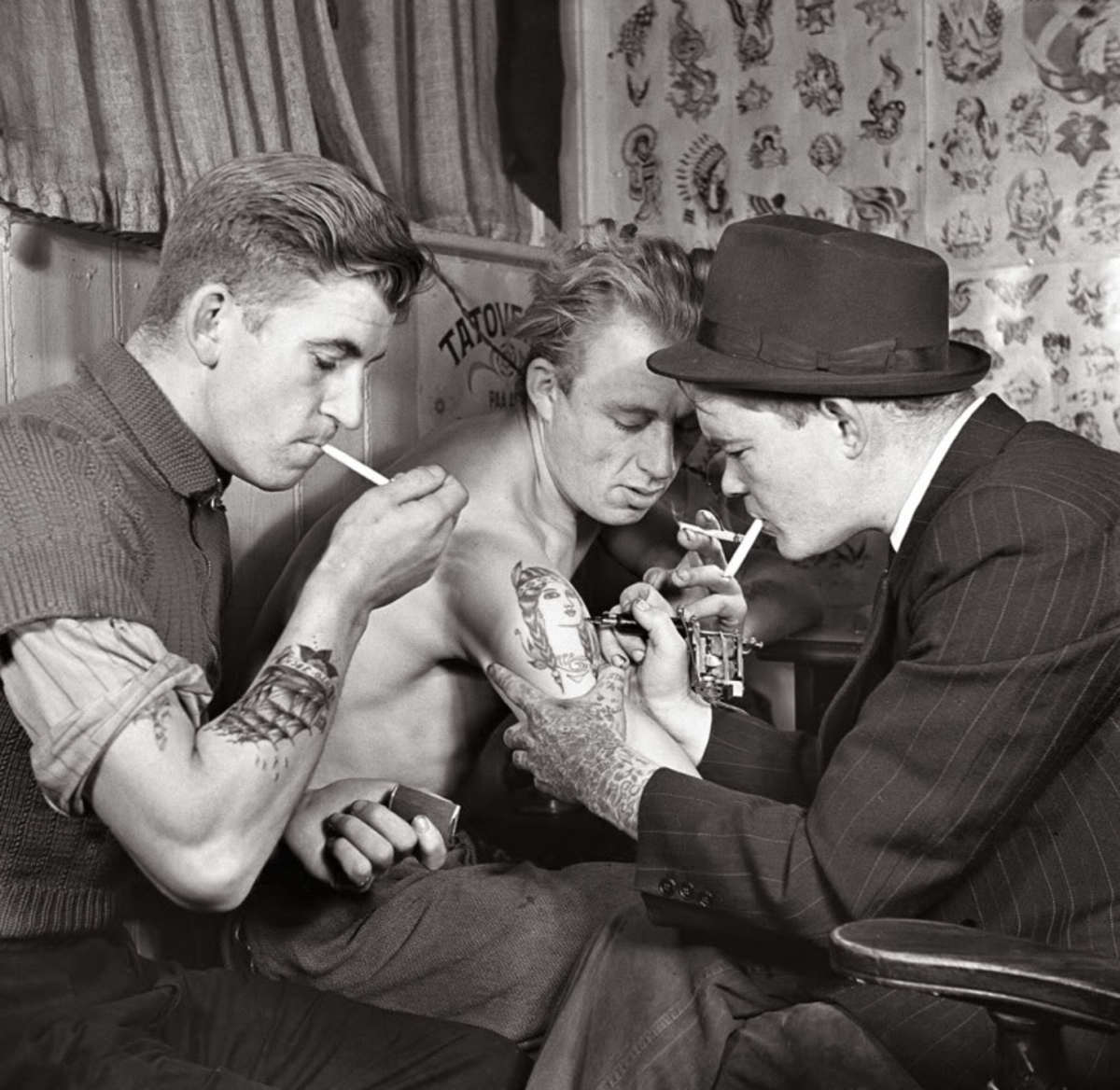The Innovative Pursuit of Perfection: Korean Beauty Rituals
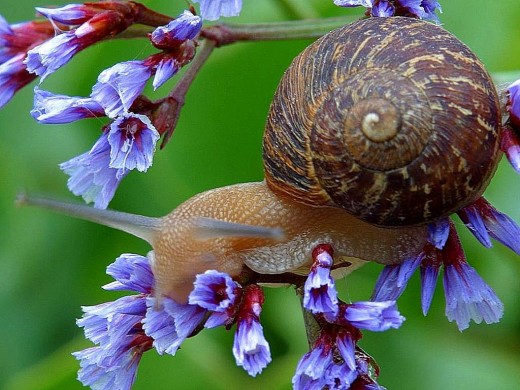
The Beauty Capital
Beauty standards are so high throughout Western media and culture that they seem more unrealistic than achievable, especially here within the U.S., but are Americans aware of how other countries perceive beauty and what people of those countries are willing to do in order to attain such high standards? According to Patricia Marx, a journalist for The New Yorker, South Korea "has the highest rate of plastic surgery per capita in the world," although the U.S. still holds first place for most amount of cosmetic procedures administered. She even goes on to explain "job applicants are typically required to attach photographs to their resumes," an expectation that would be considered discrimination in the U.S., and a serious crime. Beauty standards this intense involve some heavy skincare artillery, and a very disciplined regimen of application. Westerners also share a strong desire to be the best at everything, perhaps shedding some insight on why we've become obsessed with such high expectations.
Snail Mucin
One of the reasons why the Korean Beauty industry is rapidly taking over the skincare market is for its quality of diverse and exotic ingredients. Some of the most popular K-beauty products feature snail mucin as a seriously dynamic hydrating element. This innovative ingredient is popping up in a vast variety of moisturizers and treatments, claiming that snail slime improves the skin's capacity to retain water without feeling heavy or greasy, resulting in a refreshed complexion. Some brands even suggest snail slime as a highly effective and beneficial ingredient that stimulated skin cell regeneration and repair. Products containing snail slime are recommended for alleviating acne and smoothing out skin tone.
Bee Venom
Another trending ingredient creating buzz-worthy results comes straight from the honeycomb, and is also endorsed by world-class beauty icons such as the Duchess herself, Kate Middleton. Bee venom is gaining a reputation as "nature's Botox" because it encourages the stimulation of natural collagen and elastin, strengthening and firming tissue. The venom causes a reaction in the skin that mimics that of a bee sting, causing blood to rush to the affected area. This technique isn't something new, as a lot of lip plumping formulas use other more contemporary ingredients to match this effect, such as mint and cinnamon. Bee venom also contains the antimicrobial properties of honey, doubling up as an acne and blackhead fighting ingredient.
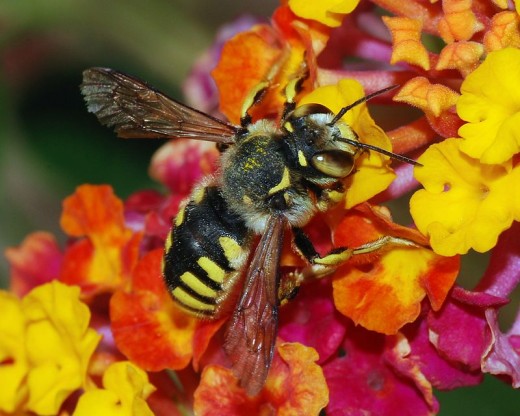
Bird's Nest
Perhaps you're already familiar with Bird's Nest Soup if you appreciate the true roots of Chinese cuisine, as Andrew Zimmern's famous foodie blog of Bizarre Bites explains that "the Chinese (as well as some Taiwanese and Indonesians) have enjoyed this gelatinous, soupy delicacy for hundreds if not over a thousand years." The specific bird's nest this ancient recipe is referring to comes from a cave dwelling swallow, and the main component of their nests is saliva, giving bird's nest soup a delicate gelatinous texture. The properties of this hydrating saliva are rich in amino acids and proteins, which are key elements in restoring and preserving skin texture and tone. This particular ingredient is more often found in anti-aging K-Beauty products, and most popular in the form of a sheet mask.
...How Many Steps?
Now we can appreciate the never-ending quest South Korea is on in order to discover the most restorative ingredients for their products, but how do we use all this complicated exotic stuff? Always striving for perfection, Koreans uphold a common cultural beauty standard of maintaining perfect skin, so as you would imagine extreme emphasize is placed on a vigorous skincare routine. The most current skincare recommendations require 10-steps to be followed in order to achieve this golden standard, which includes:
- Oil cleansing
- Foam cleansing
- Exfoliating
- Toning
- Treating with essence
- Treating with serums
- Applying masks
- Moisturizing eyes
- Moisturizing face
- Applying SPF (Daytime only)
Measuring the Results
"South Korea is one of the world’s fastest-growing beauty and personal care markets, posting year-on-year growth of 5.8%, compared to 3.9% for the US and 2.1% for the UK" during the last year, according to Sarah O'Meara's article for Campaign US. She further goes on to mention that South Korean skincare and color cosmetics had reached over $6.2 billion in sales during 2014, and projected growth is expected to increase even more dramatically because of one particular shift in the market, the addition of a male audience. The advantages of obtaining the interest of both male and female customers doubles earning potential, as the K-Beauty industry is expected to grow almost 50% over the next five years.
